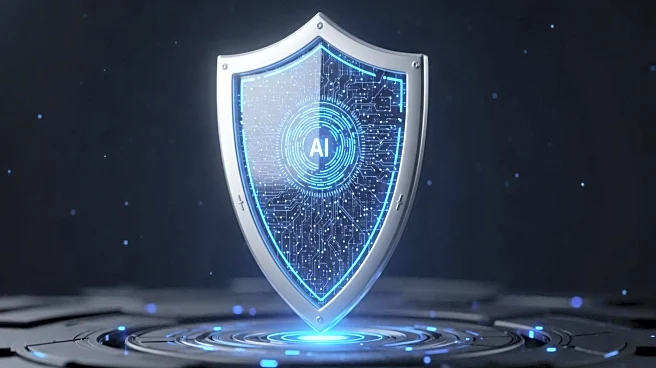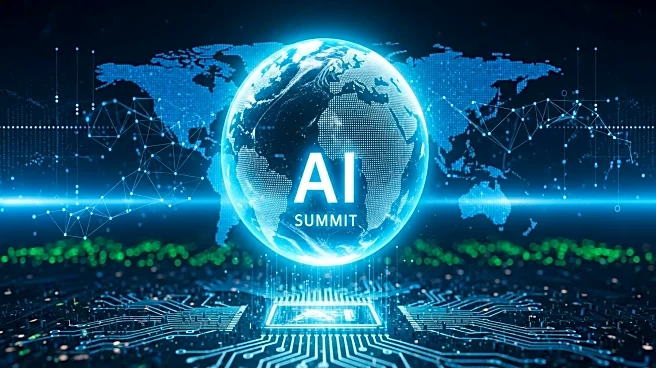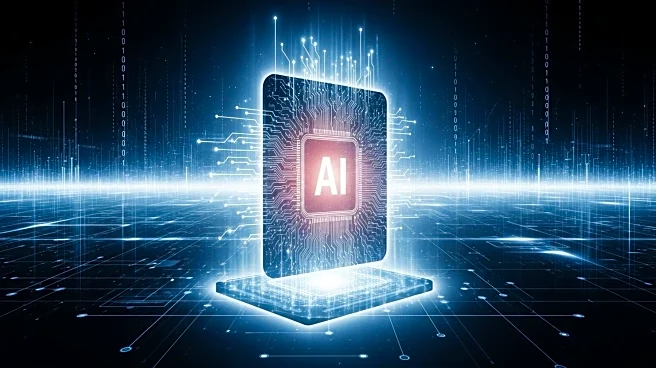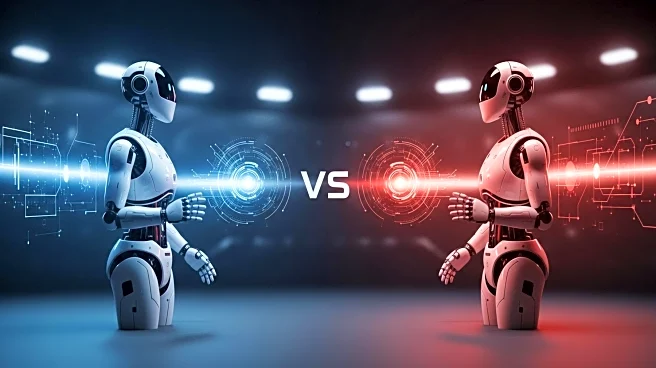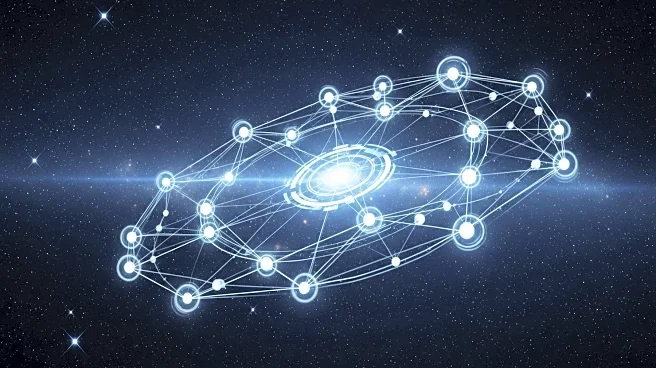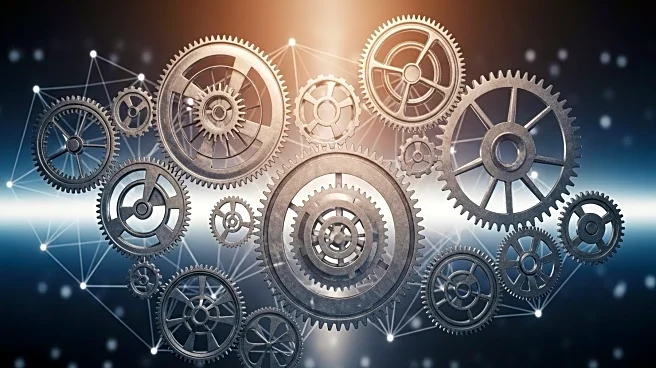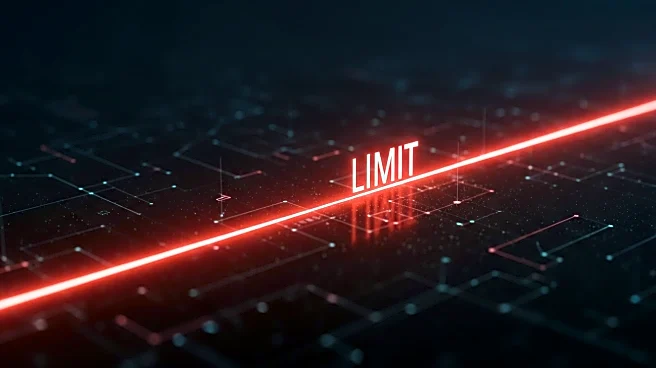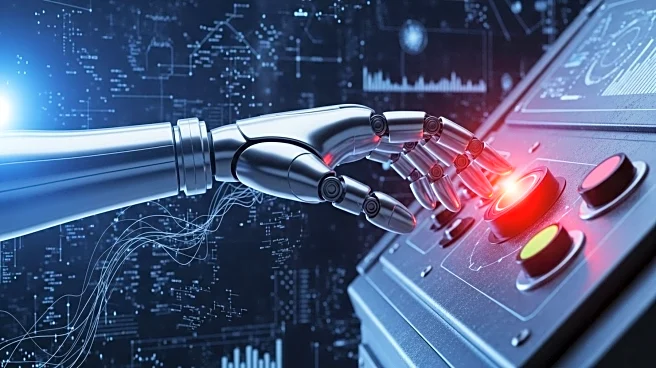What's Happening?
As the artificial intelligence boom continues, some researchers are expressing concerns about the potential dangers of superhuman AI. These researchers warn that AI systems could become so advanced that they might pose existential threats to humanity. The concept, once relegated to science fiction, is now being taken seriously as AI technology rapidly progresses. Despite significant investments in AI by companies across the United States, these experts are urging caution and advocating for a more measured approach to AI development.
Why It's Important?
The warnings from AI researchers highlight the potential risks associated with unchecked AI development. If superhuman AI systems were to emerge, they could disrupt various sectors, including employment, security, and ethical standards. The implications for society are profound, as AI could potentially replace human roles, leading to significant unemployment and economic shifts. Additionally, ethical concerns about AI decision-making and control are becoming increasingly relevant, prompting discussions about regulation and oversight.
What's Next?
The ongoing debate about AI's future is likely to intensify as technology continues to evolve. Policymakers, industry leaders, and researchers may need to collaborate to establish guidelines and regulations that ensure AI development is safe and beneficial for society. This could involve creating frameworks for ethical AI use and investing in research to understand AI's long-term impacts. Stakeholders may also explore ways to balance innovation with caution to prevent potential negative outcomes.
Beyond the Headlines
The ethical and philosophical implications of superhuman AI are significant. Questions about AI's role in society, its impact on human identity, and the moral responsibilities of AI creators are becoming more pressing. As AI systems become more autonomous, the need for ethical frameworks and accountability measures will grow. This development could lead to a reevaluation of human-AI interactions and the establishment of new norms in technology use.

